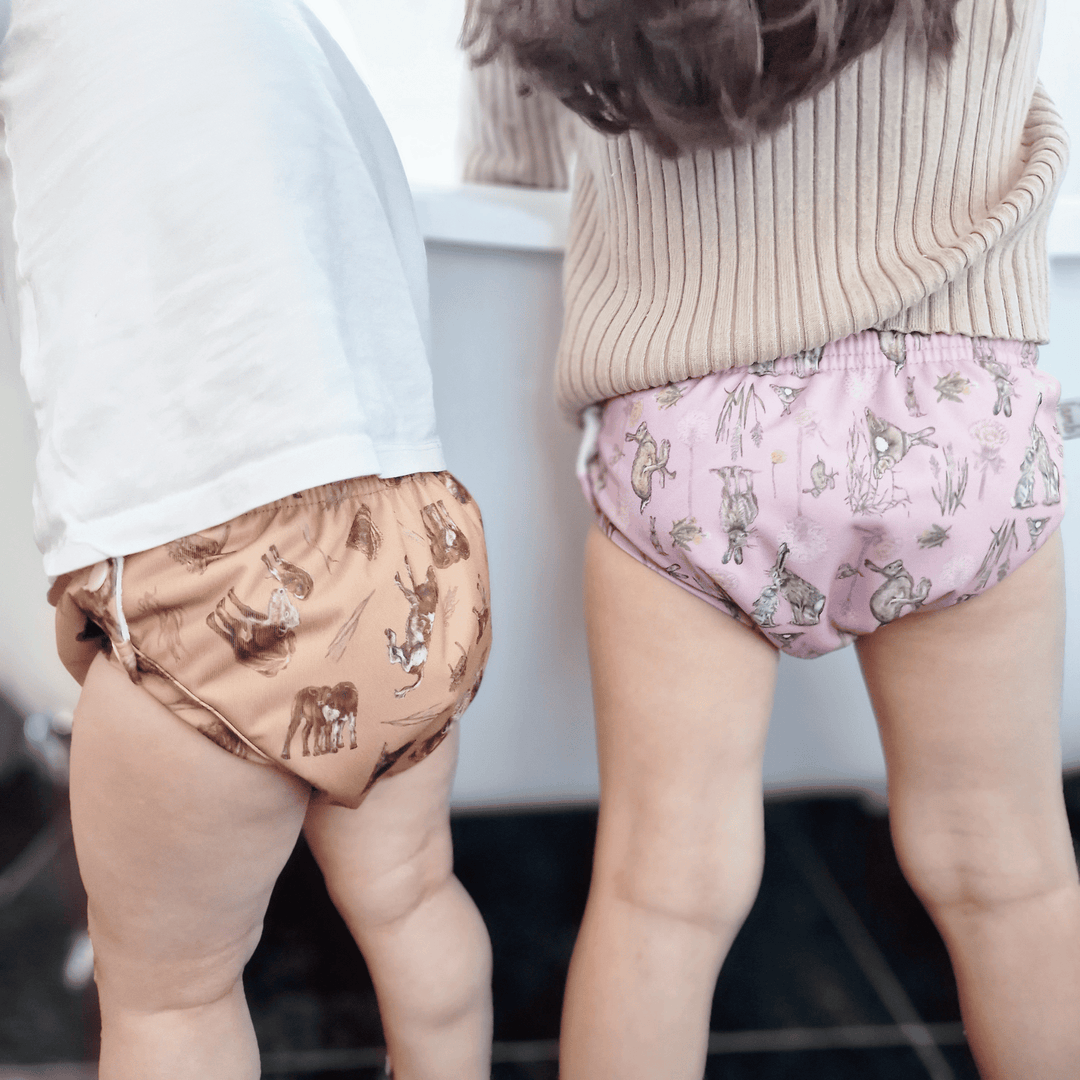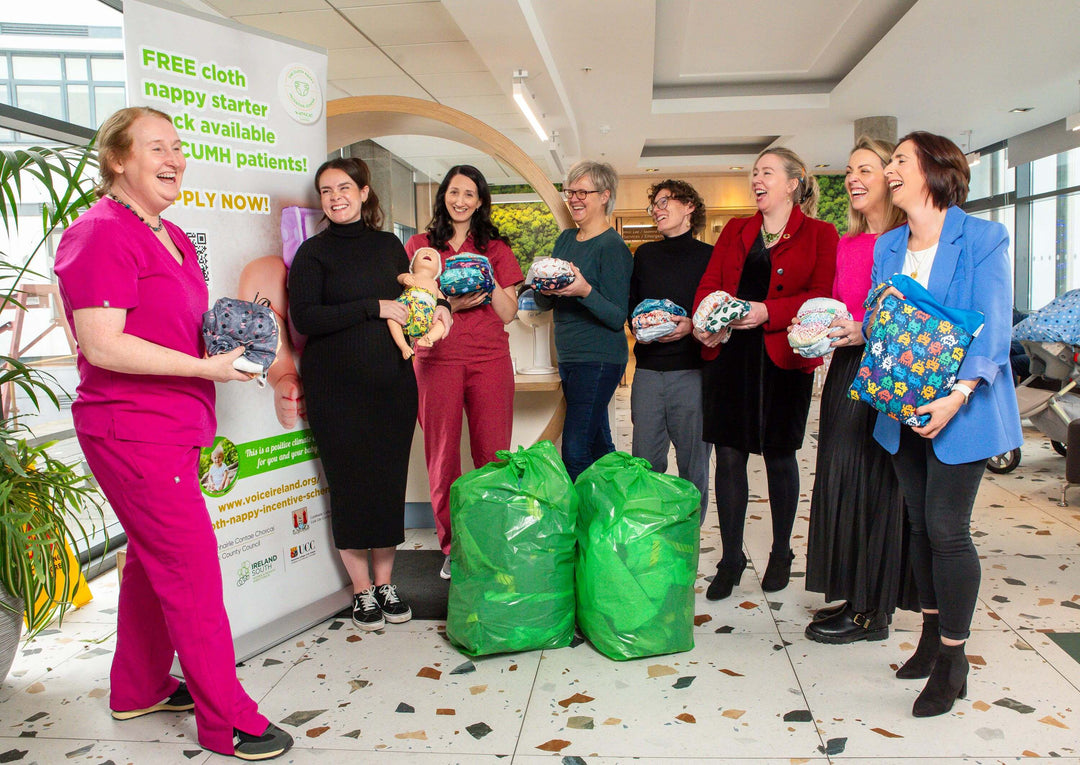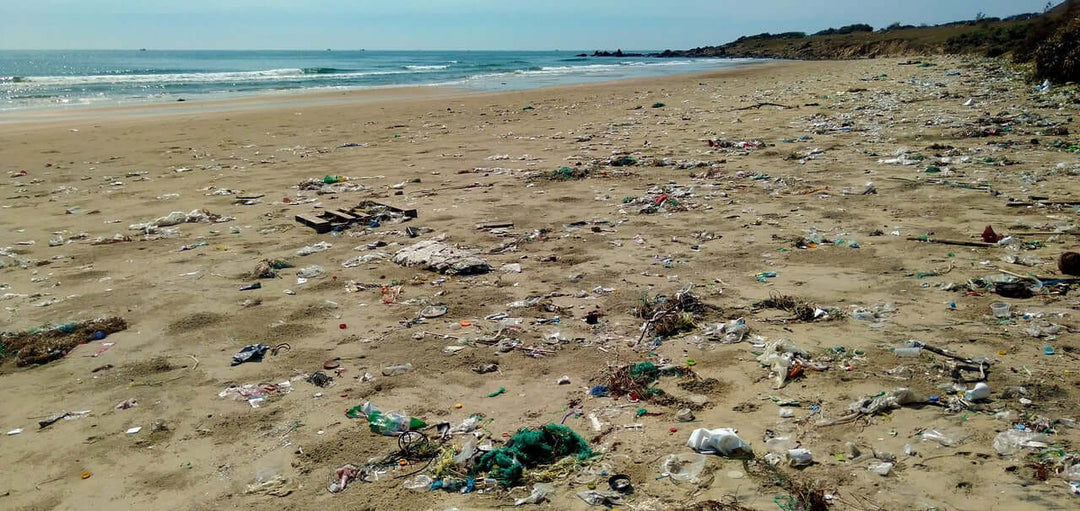Washing 101: How to Prevent and Remove Mould From Your Nappies
Mould can be a serious problem for cloth nappy users. Not only is it unsightly, but it can also cause health issues and make your nappies less effective. If you have noticed mould on your reusable nappies, it is important to take action to remove it as quickly as possible.
Help! I've Got Mould, Now What?
-
Identify the source of the mould. Mould can grow on cloth nappies for a variety of reasons, including infrequent washing, improper storage, and exposure to moisture. To prevent future mould growth, it is important to identify and address the cause of the mould.
-
Wash the nappies. Begin by washing the affected nappies on the hottest water setting that is safe for the fabric (normally 60*C). Use a detergent that is approved for cloth nappies.
-
Treat the nappies with an antimicrobial solution. After washing, soak the nappies in a solution of equal parts water and vinegar. The vinegar will help to kill the mould and remove any lingering odours. We don't recommend doing this unless absolutely necessary as it can adversely affect your nappies. See more about vinegar and reusable nappies.
-
Wash the nappies again. After a vinegar soak, if necessary, wash the nappies again using the same hot water and detergent. Make sure to rinse them thoroughly to remove all traces of vinegar.
-
Dry the nappies. Tumble dry the nappies on the hottest setting that is safe for the fabric. If you are concerned about the heat setting damaging the nappies, you can air dry them instead. You want to ensure they have fully dried.
-
Inspect the nappies. After washing and drying, inspect the nappies for any remaining signs of mould. If you still see mould, repeat the process until it is completely gone.
Preventing mould growth on cloth nappies is the best way to ensure that you do not have to deal with this issue in the future. To prevent mould, make sure to wash your nappies frequently, store them in a dry place, and avoid exposing them to excess moisture. By following these simple steps, you can keep your cloth nappies clean, fresh, and free of mould.
Why Did I Get Mould On My Reusable Nappies?
-
Infrequent washing: Cloth nappies can provide a warm, moist environment that is ideal for mould growth, particularly if they are not washed frequently enough. Dirt, bacteria, and other organic matter can accumulate on the nappies, providing food for mould spores to grow and thrive.
-
Improper storage: If you store your reusable nappies in a damp or humid place, such as a non-aired bathroom or basement, this can increase the risk of mould growth. Make sure to store your nappies in a dry, well-ventilated place, and avoid stacking them in a pile, as this can trap moisture and create an ideal environment for mould.
-
Exposure to moisture: Excess moisture can cause mould to grow on cloth nappies. This can be due to leaks or spills, or it may simply be because the nappies are not properly rinsed and dried after washing. To minimise the risk of mould growth, make sure to wash and dry your nappies thoroughly after each use.
-
Use of improper detergents: Some detergents can leave residue on your reusables, which can provide a breeding ground for mould. It is important to use a detergent that is approved for use with cloth nappies, as these will be more effective at removing dirt and bacteria, and less likely to leave residue that can promote mould growth.
By identifying and addressing the causes of mould growth on cloth nappies, you can help prevent this issue from recurring in the future.




